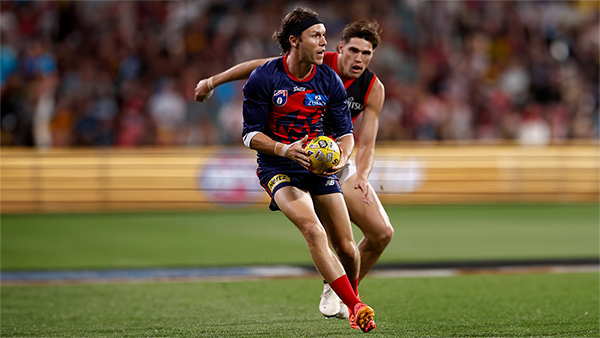What were they thinking? I mean by “they” the coaching panel and team selectors who chose the team to play against an opponent who, like Melbourne, had made a poor start to the season and who they appeared perfectly capable of beating in what was possibly the last chance to turn the season around.It’s no secret that the Demons’ forward line is totally dysfunctional, having opened the season barely able to average sixty points per game which means there has been no semblance of any system from the team going forward into attack. Nevertheless, on Saturday night at the Adelaide Oval in one of the Gather Round showcase games, Melbourne, with Max Gawn dominating the hit outs against a depleted Essendon ruck resulting from Nick Bryan’s early exit, finished just ahead in clearances won and found itself inside the 50 metre arc 51 times to 43. The end result was a final score that had the Bombers winning 15.6 (96) to 8.9 (57). On balance, one could expect this to result in a two or three goal win, but in this case, it translated into a six and a half goal defeat because they only managed to convert eight times or 11.68% of their entries. The Bombers more than doubled that. On Thursday night at the same ground, the losing team Adelaide managed to score 100 points from almost the same number of times inside 50.

























